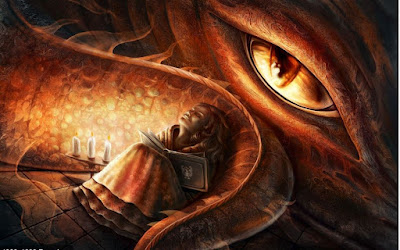Cheryl Harness
Illustrated by Carlo Molinari
Nonfiction Picture Book
For ages 6 to 9
Albert Whitman & Company, 2013, 978-0807549902
In the 1800s, tradition dictated that men wore pants and women wore long dresses, and under thesedresses there were layers of petticoats and tight corsets. At that time men alone were allowed to vote, women were not allowed to participate in politics of any kind, and as a result women had little to control over their own lives. They were also not allowed to becomes doctors, lawyers, bankers, or business owners; indeed the only jobs that they could take on was teaching, nursing, cleaning, and working in a factory.
Then Mary Edwards Walker came along and she refused to accept these rules and societal restrictions. “Her parents taught her to think for herself,” and this is exactly what she did, even if it meant that people talked about her behind her back. She dared to become a doctor, one of the first women in America to do so, and she dared to wear pants because they were a lot more comfortable and sensible than those silly dresses.
When the Civil War broke out, Mary went to Washington D.C to do all she could to help. Wounded men were pouring into the capital city, and there were not enough doctors to tend to them all. Though she was a trained doctor, she was not allowed to be a surgeon in the army. Instead, for a while, she did what she could to make the soldiers more comfortable working as a nurse.
In this wonderful picture book biography readers will meet a woman who believed that everyone had the right to wear what they wished, think what they wished, and say what they wished. She wore pants in public to make it clear to everyone that she met that she would not be bound by accepted societal norms.


















